This is a durable, reliable, and lightweight 3 phase supply phase sequence checker. It is widely used for phase direction judgment of three-phase electrical industrial equipment and detection of the rotating magnetic field direction of the motor.
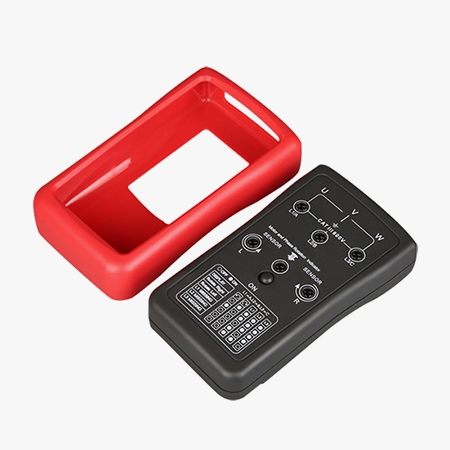
Anti-fall and Anti-slip
- Can withstand high-rise drop tests, sturdy and durable.
- Ergonomic handheld design, easy to use.
- Double insulation protection design, safer to use.
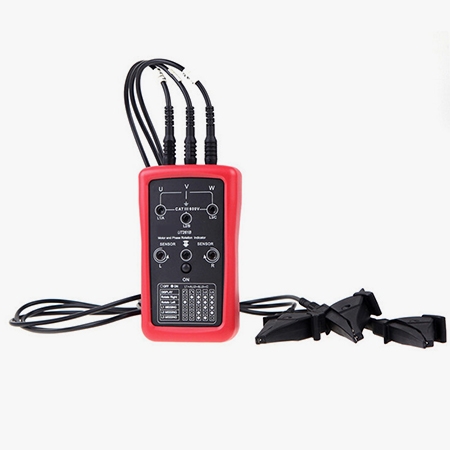
Clear Markings
- LED control panel, 6 indicator lights, clearer measurement process.
- There is an indicator table under the meter for easy reference.
Applications
The application scenarios of phase sequence meters are very wide, covering multiple fields from basic power system debugging to complex industrial control systems. It has a wide range of applications in multiple fields. It not only ensures the correct operation of the equipment but also improves the safety and efficiency of the system. With the continuous advancement of technology, the functions of the phase sequence meter will be more diversified in the future, and its application in various fields will become more popular and important.
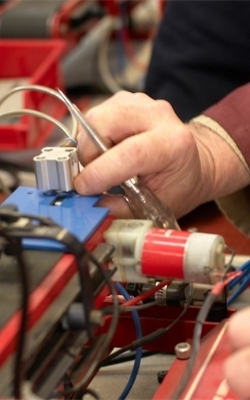
Equipment Maintenance
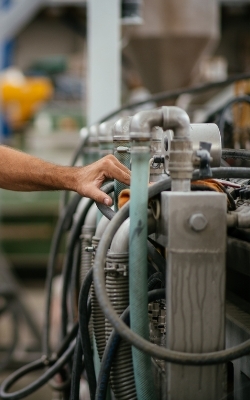
Factory Area
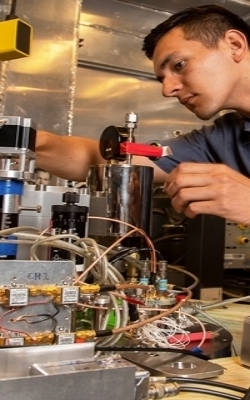
Teaching Experience
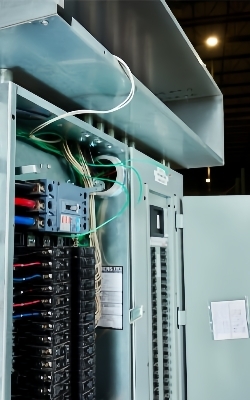
Electrician Field
| Model | SISCO-PRM-UT261B |
| AC Voltage | 90~600V |
| Test Frequency | 15~400Hz |
| Working Current | <3mA |
| Power Supply | 9V battery |
| Dimensions | 70mmx75mmx30mm |
| Weight | 180g |
Packaging List
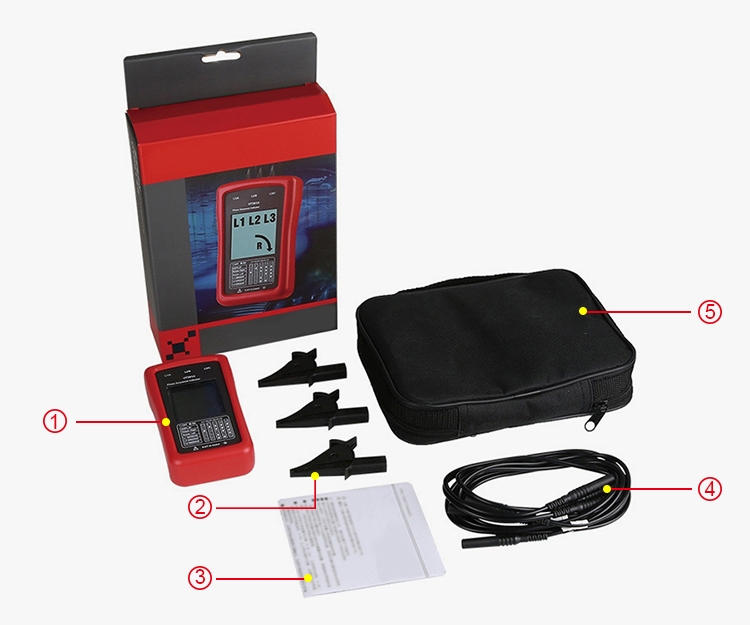
- Host
- Instruction manual
- Test leads
- Alligator clip certificate
- Cloth bag
- 9V battery
Q1: What factors can affect the phase rotation meter?
A1: The measurement accuracy and stability of the phase sequence meter may be affected by many factors. First, an unstable power supply or voltage that is too high or too low may cause deviations in the measurement results of the phase sequence meter. Secondly, circuit board aging, component damage, etc. may affect the normal operation of the phase sequence meter. In addition, sensor failure or damage will not be able to correctly detect the phase sequence information of the power supply. Of course, human errors in equipment settings or operating methods can also lead to measurement errors.
Q2: How does a phase rotation meter work?
A2: The working principle of the phase sequence meter is based on the detection and processing of three-phase voltage or current signals. It determines whether the phase sequence is correct by comparing the phase difference between the three-phase voltages. Common phase sequence detection algorithms include those based on zero-sequence detection and those based on positive and negative sequence components. When the phase sequence is correct, these algorithms will output corresponding signals to indicate that the phase sequence is correct; otherwise, they will indicate that the phase sequence is wrong.
Q3: What technical parameters should be paid attention?
A3: The technical parameters of the phase sequence meter include but are not limited to input voltage range, power supply voltage, meter size, weight, ambient temperature, humidity, etc. These parameters are crucial for evaluating the performance and application scope of the phase sequence meter. In addition, the phase sequence meter must also have a certain insulation strength and anti-interference ability to adapt to different use environments and ensure the safety of operators.
Tips: How to replace the phase sequencer accessories?
Before replacing the rotating phase sequence indicator accessories, you need to make adequate preparations. First, make sure that the phase sequencer is powered off to avoid the risk of electric shock. Secondly, prepare the necessary tools and confirm that the model and specifications of the new accessories are consistent with the original accessories. The replacement steps are as follows:
Step 1, remove the old accessories. Use appropriate tools to carefully remove the old accessories, and be careful not to damage other parts of the phase sequencer.
Step 2, install the new accessories. Install the new accessories into the phase sequence indicator meter in the correct position and direction to ensure that the connection is firm.
Step 3, check and test. After installation, carefully check the phase rotation meter and perform necessary tests to ensure that the new accessories can work properly.
Thank you for buying industrial test and measurement equipment on SISCO.com, all products sold by SISCO and the partner cover a 12 months warranty, effective from the date of receiving the products.
What is covered?
SISCO is responsible for providing free spare parts, and free technical support to assist the customer to repair the defective products until the problem is solved.
What is not covered?
- Product purchased from anyone other than a SISCO store or a SISCO authorized reseller.
- Expendable parts.
- Routine cleaning or normal cosmetic and mechanical wear.
- Damage from misuse, abuse or neglect.
- Damage from use of parts other than SISCO approved.
- Damage from use outside the product’s usage or storage parameters.
- Damage from use of parts not sold by SISCO.
- Damage from modification or incorporation into other products.
- Damage from repair or replacement of warranted parts by a service provider other than a SISCO authorized service provider.
- Damage caused by the application environment not meeting the product usage requirements and the failure to perform preventive maintenance.

